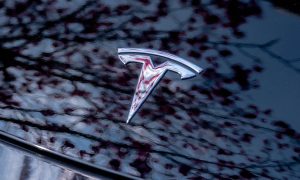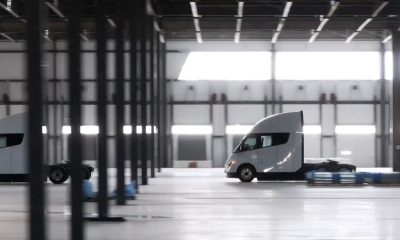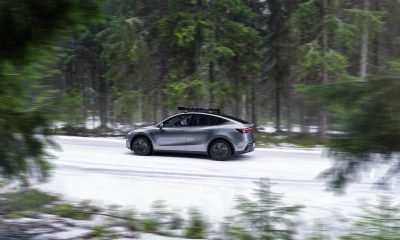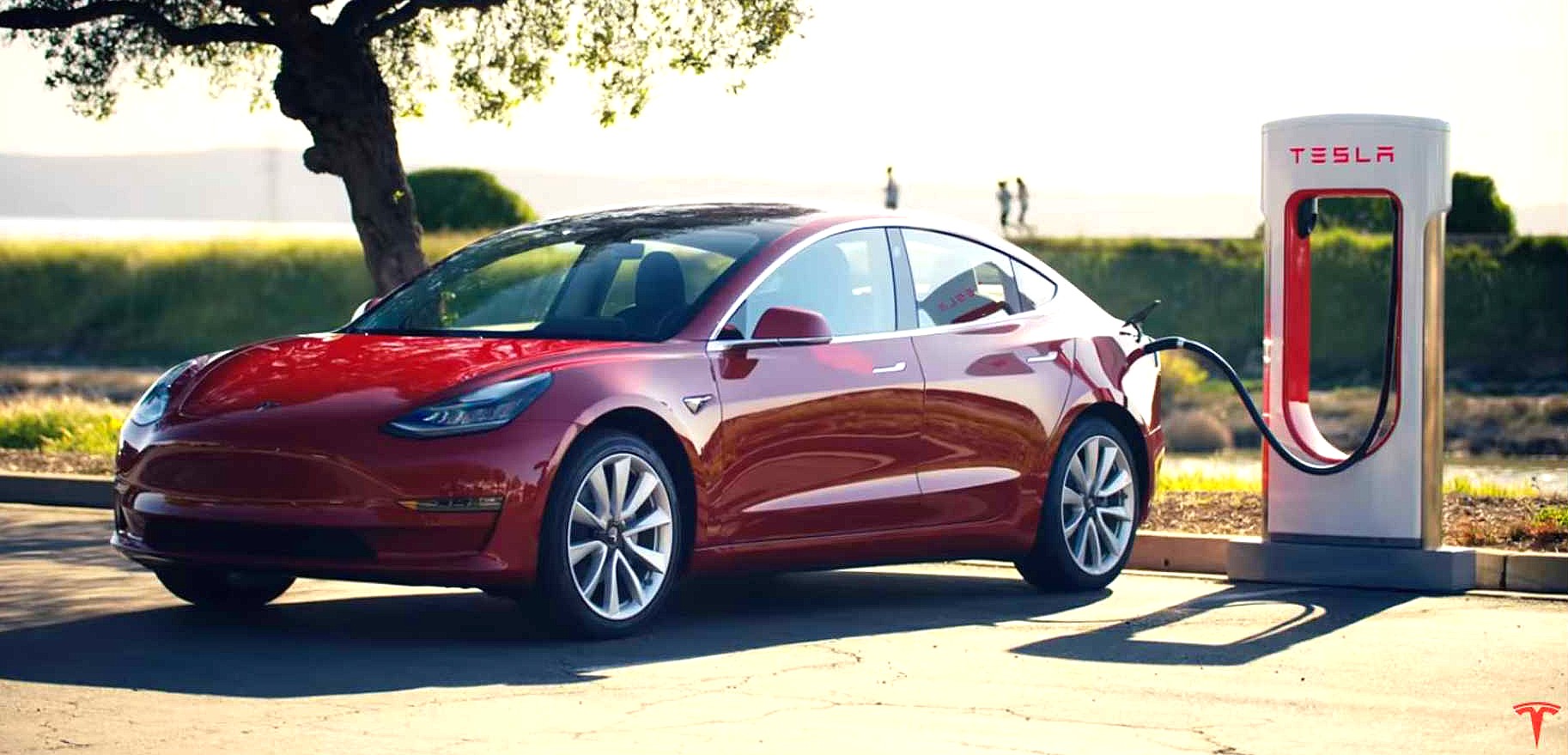

News
Tesla destroys German critic’s electric car prejudice after Model 3 test drive
German automotive veteran Nando Sommerfeldt has not had good experiences with electric cars. At one time, the electric vehicles he was testing ended up running out of charge, making him stranded in the middle of a trip. Other vehicles proved too slow to charge, testing his family’s patience. Sommerfeldt has reservations about electric cars, even a prejudice, if you may, but it only lasted until he drove a Tesla Model 3.
The Silicon Valley-based electric car maker sent a bold message to the auto veteran, offering to change his mind about electric cars. “We would like to convince you otherwise. Our impression is that you simply have not tested the ‘right electric cars’ yet,” Tesla wrote. That’s a bold statement, and Sommerfeldt opted to take the offer. Tesla provided the EV critic with a Model 3 Performance, one of its latest vehicles that currently sells for 69,000 euros in Germany.
Being “spoiled” by vehicles from premium manufacturers such as Mercedes-Benz and BMW, Sommerfeldt was largely unimpressed with the build quality of the Model 3. In his review, which was published at German publication Welt.de, Sommerfeldt complained about the panel gaps in the car, and he argued that while the white seats of the Model 3 were good, they do not compare favorably to the seats of the Audi e-tron. “The workmanship of body, interior, actually everything, is not up to premium standards,” he wrote. Nevertheless, with his evaluation of the vehicle’s build quality out of the way, the EV critic started driving the electric sedan.

It took 50 kilometers (31 miles) before his prejudices against electric cars started to fade. Even with the electric revolution underway today, there is still a persistent belief that EVs don’t drive as well as the best gas-powered vehicles on the market. “What nonsense. The Model 3 drives terrific,” Sommerfeldt declared. German industry expert Ferdinand Dudenhöffer from Center Automotive Research (CAR) highlighted Sommerfeldt’s observations. “The car is much better than all models of electric competition. The technical lead is easily four to five years. Range and driving pleasure are unmatched,” he said.
Elaborating on his experience, Sommerfeldt noted that the Model 3 feels like a sports car, an “extremely fast sports car.” This is quite notable considering that the vehicle is a family car at its core. But it’s not just the vehicle’s driving dynamics that impressed the EV critic. In terms of bleeding-edge technology inside the car, the Model 3 does not disappoint either. Industry expert Stefan Bratzel of the Center of Automotive Management (CAM) noted that the migration of car buyers from traditional vehicles to electric cars like Tesla is due to veterans being unable to offer similar innovations. “The future is offered here (at Tesla), which the Germans have not been able to do so far,” Bratzel said.

Beyond the excellent driving dynamics and the technology in the Model 3, perhaps what really removed the EV critic’s prejudice against electric cars was Tesla’s Supercharger Network. During his time with the vehicle, Sommerfeldt took his family out on a road trip once more, and this time around, they did not have to wait for hours on end for their vehicle to charge. Using one of Tesla’s Superchargers, Sommerfeldt and his family opted for a quick coffee and ice cream break, and by the time they returned to the Model 3, it had already gained 300 km (186 miles) of additional range. Sommerfeldt found the Supercharger Network’s design well-placed for long trips, and the Tesla community as a whole pleasant to interact with.
Dudenhöffer noted that among electric car makers, Tesla is the one that really thought about the big picture when they released their vehicles. Teslas, while not capable of charging at speeds similar to a gas-powered car yet, can charge at their owner’s homes (allowing drivers to leave with a “full tank” every day), and the company has backups in place if the Supercharger Network is unevailable. “Right from the beginning, the company had a clear plan of where its customers’ traffic flows. The Tesla owner can also refuel at all the other pillars of this country. But first of all, it would probably be too slow for him. And second, he does not need them,” he said. This is a particularly notable point for Sommerfeldt, as he admits to having deep range anxiety issues due to his past experiences with EVs. These issues, he found, were nonexistent with the Model 3.
With range anxiety gone thanks to the Supercharger Network and its contingencies, Sommerfeldt noted that Tesla drivers could trust their vehicles once more. And that, for Germany’s car buying public, at least, is a very big deal. “This Tesla destroys all my prejudices against the electric car,” he wrote.
News
Tesla cleared in Canada EV rebate investigation
Tesla has been cleared in an investigation into the company’s staggering number of EV rebate claims in Canada in January.
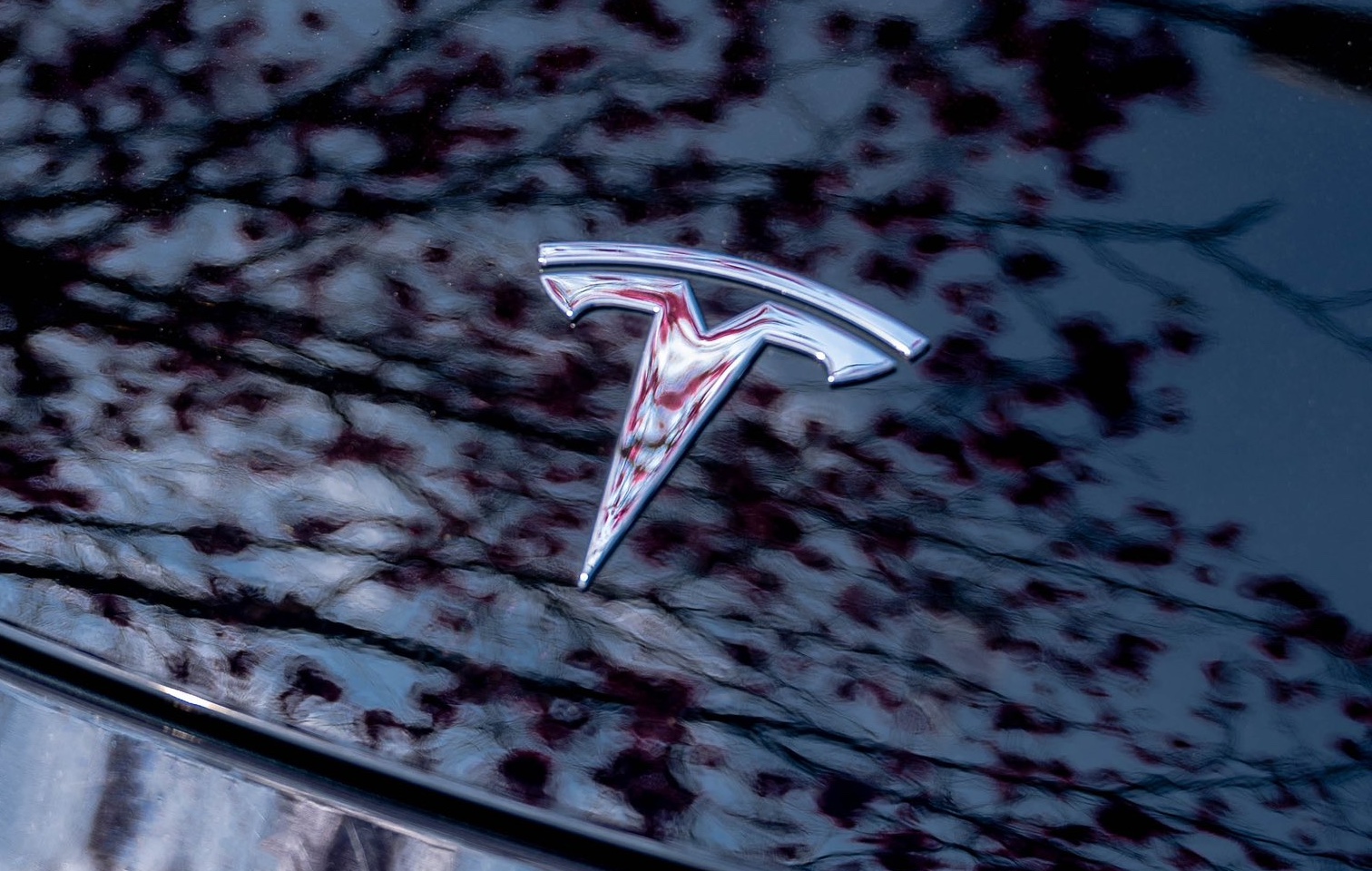
Canadian officials have cleared Tesla following an investigation into a large number of claims submitted to the country’s electric vehicle (EV) rebates earlier this year.
Transport Canada has ruled that there was no evidence of fraud after Tesla submitted 8,653 EV rebate claims for the country’s Incentives for Zero-Emission Vehicles (iZEV) program, as detailed in a report on Friday from The Globe and Mail. Despite the huge number of claims, Canadian authorities have found that the figure represented vehicles that had been delivered prior to the submission deadline for the program.
According to Transport Minister Chrystia Freeland, the claims “were determined to legitimately represent cars sold before January 12,” which was the final day for OEMs to submit these claims before the government suspended the program.
Upon initial reporting of the Tesla claims submitted in January, it was estimated that they were valued at around $43 million. In March, Freeland and Transport Canada opened the investigation into Tesla, noting that they would be freezing the rebate payments until the claims were found to be valid.
READ MORE ON ELECTRIC VEHICLES: EVs getting cleaner more quickly than expected in Europe: study
Huw Williams, Canadian Automobile Dealers Association Public Affairs Director, accepted the results of the investigation, while also questioning how Tesla knew to submit the claims that weekend, just before the program ran out.
“I think there’s a larger question as to how Tesla knew to run those through on that weekend,” Williams said. “It doesn’t appear to me that we have an investigation into any communication between Transport Canada and Tesla, between officials who may have shared information inappropriately.”
Tesla sales have been down in Canada for the first half of this year, amidst turmoil between the country and the Trump administration’s tariffs. Although Elon Musk has since stepped back from his role with the administration, a number of companies and officials in Canada were calling for a boycott of Tesla’s vehicles earlier this year, due in part to his association with Trump.
News
Tesla Semis to get 18 new Megachargers at this PepsiCo plant
PepsiCo is set to add more Tesla Semi Megachargers, this time at a facility in North Carolina.
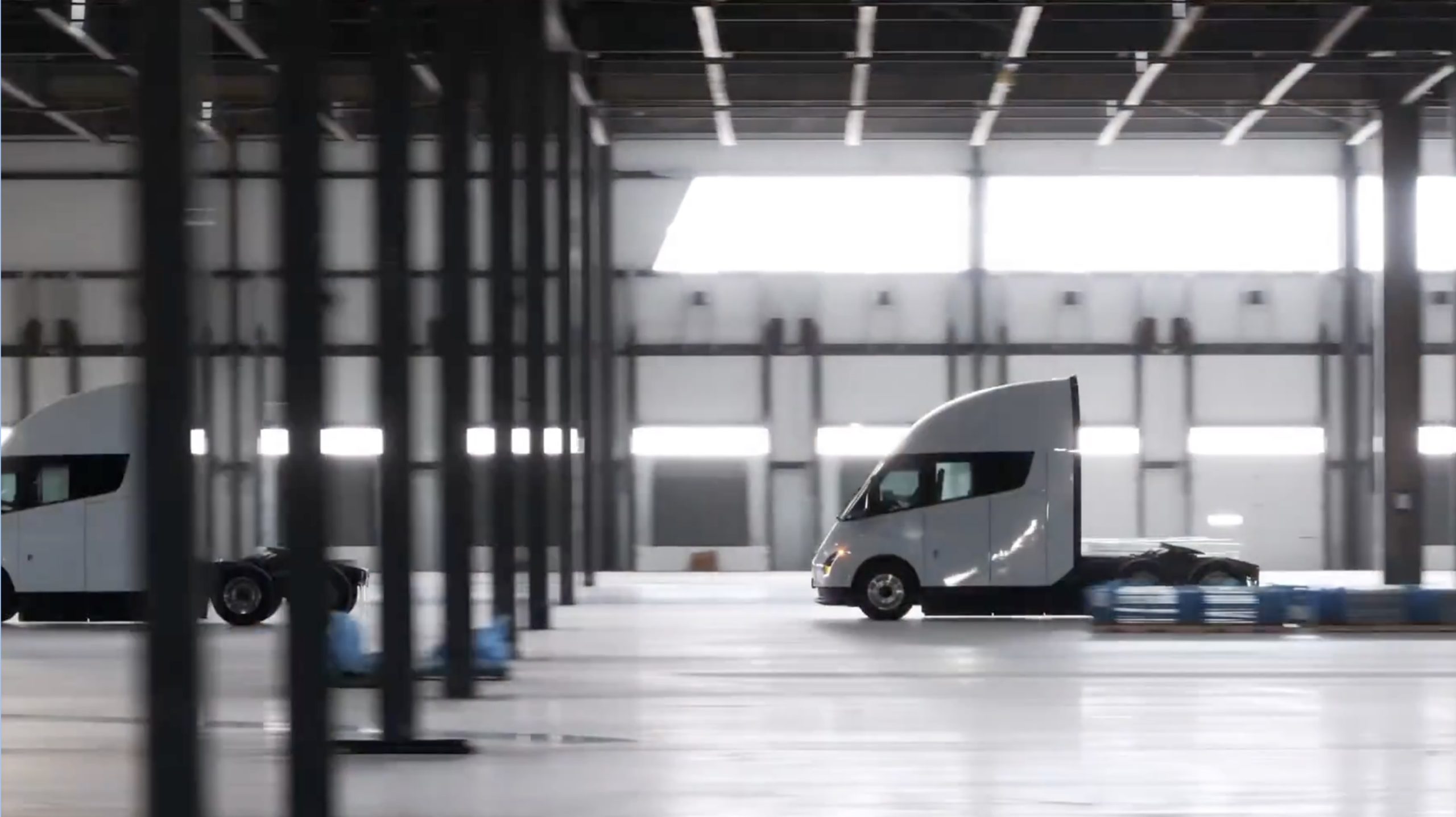
Tesla partner PepsiCo is set to build new Semi charging stations at one of its manufacturing sites, as revealed in new permitting plans shared this week.
On Friday, Tesla charging station scout MarcoRP shared plans on X for 18 Semi Megacharging stalls at PepsiCo’s facility in Charlotte, North Carolina, coming as the latest update plans for the company’s increasingly electrified fleet. The stalls are set to be built side by side, along with three Tesla Megapack grid-scale battery systems.
The plans also note the faster charging speeds for the chargers, which can charge the Class 8 Semi at speeds of up to 1MW. Tesla says that the speed can charge the Semi back to roughly 70 percent in around 30 minutes.
You can see the site plans for the PepsiCo North Carolina Megacharger below.
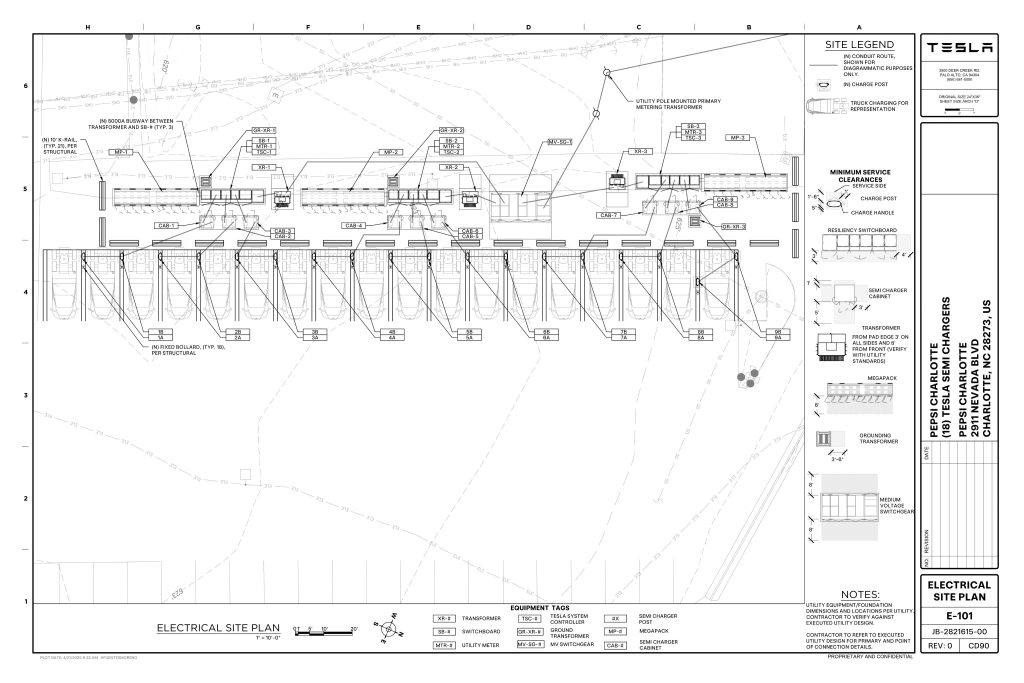
Credit: PepsiCo (via MarcoRPi1 on X)
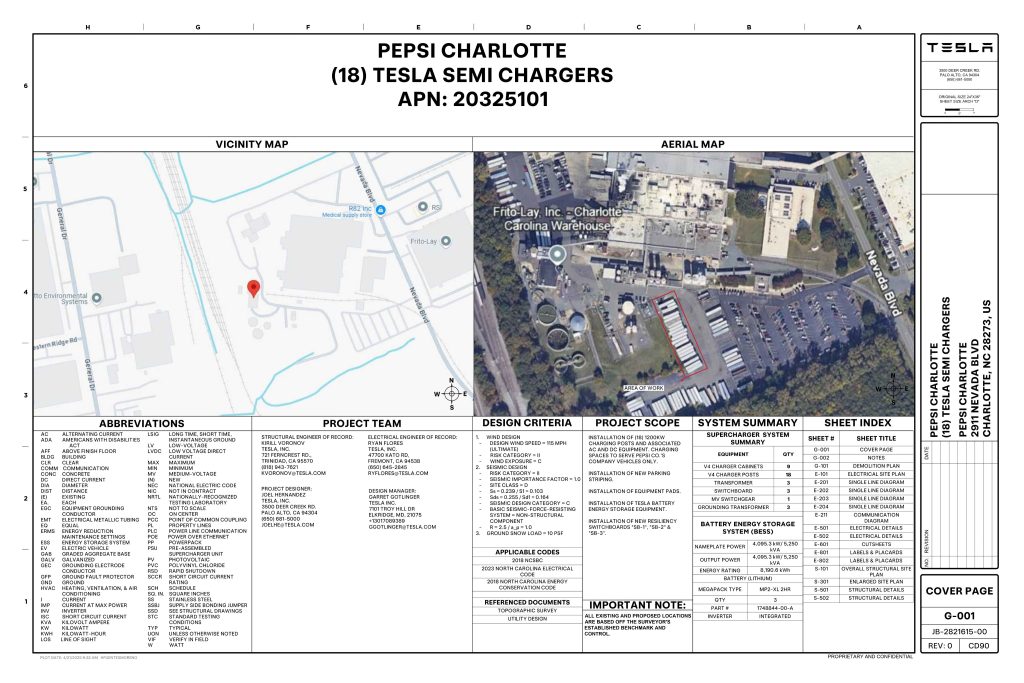
Credit: PepsiCo (via MarcoRPi1 on X)
READ MORE ON THE TESLA SEMI: Tesla to build Semi Megacharger station in Southern California
PepsiCo’s Tesla Semi fleet, other Megachargers, and initial tests and deliveries
PepsiCo was the first external customer to take delivery of Tesla’s Semis back in 2023, starting with just an initial order of 15. Since then, the company has continued to expand the fleet, recently taking delivery of an additional 50 units in California. The PepsiCo fleet was up to around 86 units as of last year, according to statements from Semi Senior Manager Dan Priestley.
Additionally, the company has similar Megachargers at its facilities in Modesto, Sacramento, and Fresno, California, and Tesla also submitted plans for approval to build 12 new Megacharging stalls in Los Angeles County.
Over the past couple of years, Tesla has also been delivering the electric Class 8 units to a number of other companies for pilot programs, and Priestley shared some results from PepsiCo’s initial Semi tests last year. Notably, the executive spoke with a handful of PepsiCo workers who said they really liked the Semi and wouldn’t plan on going back to diesel trucks.
The company is also nearing completion of a higher-volume Semi plant at its Gigafactory in Nevada, which is expected to eventually have an annual production capacity of 50,000 Semi units.
Tesla executive teases plan to further electrify supply chain
News
Tesla sales soar in Norway with new Model Y leading the charge
Tesla recorded a 54% year-over-year jump in new vehicle registrations in June.
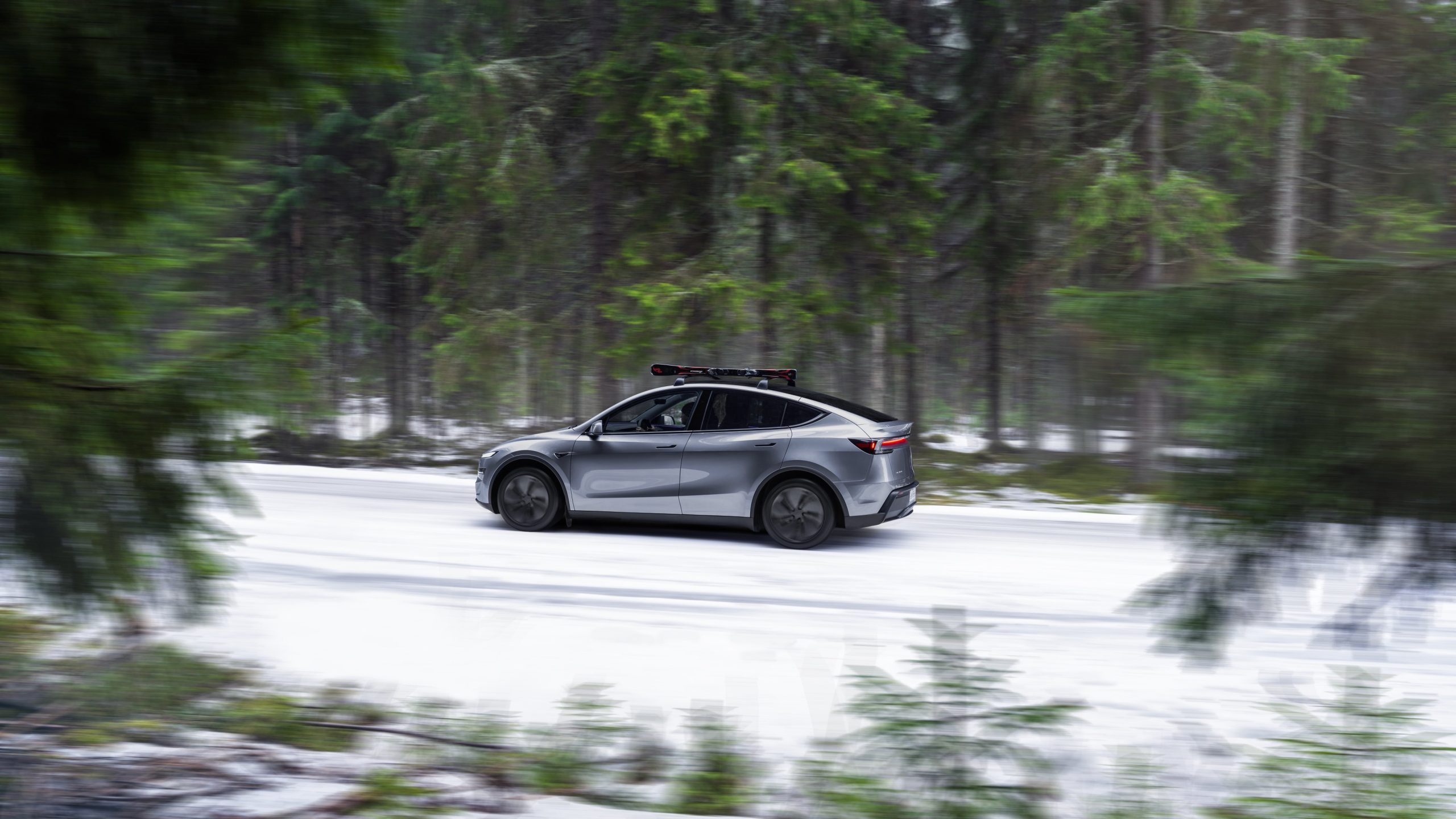
Tesla is seeing strong momentum in Norway, with sales of the new Model Y helping the company maintain dominance in one of the world’s most electric vehicle-friendly markets.
Model Y upgrades and consumer preferences
According to the Norwegian Road Federation (OFV), Tesla recorded a 54% year-over-year jump in new vehicle registrations in June. The Model Y led the charge, posting a 115% increase compared to the same period last year. Tesla Norway’s growth was even more notable in May, with sales surging a whopping 213%, as noted in a CNBC report.
Christina Bu, secretary general of the Norwegian EV Association (NEVA), stated that Tesla’s strong market performance was partly due to the updated Model Y, which is really just a good car, period.
“I think it just has to do with the fact that they deliver a car which has quite a lot of value for money and is what Norwegians need. What Norwegians need, a large luggage space, all wheel drive, and a tow hitch, high ground clearance as well. In addition, quite good digital solutions which people have gotten used to, and also a charging network,” she said.
Tesla in Europe
Tesla’s success in Norway is supported by long-standing government incentives for EV adoption, including exemptions from VAT, road toll discounts, and access to bus lanes. Public and home charging infrastructure is also widely available, making the EV ownership experience in the country very convenient.
Tesla’s performance in Europe is still a mixed bag, with markets like Germany and France still seeing declines in recent months. In areas such as Norway, Spain, and Portugal, however, Tesla’s new car registrations are rising. Spain’s sales rose 61% and Portugal’s sales rose 7% last month. This suggests that regional demand may be stabilizing or rebounding in pockets of Europe.
-

 Elon Musk2 weeks ago
Elon Musk2 weeks agoTesla investors will be shocked by Jim Cramer’s latest assessment
-

 Elon Musk2 days ago
Elon Musk2 days agoxAI launches Grok 4 with new $300/month SuperGrok Heavy subscription
-

 Elon Musk4 days ago
Elon Musk4 days agoElon Musk confirms Grok 4 launch on July 9 with livestream event
-

 News1 week ago
News1 week agoTesla Model 3 ranks as the safest new car in Europe for 2025, per Euro NCAP tests
-

 Elon Musk2 weeks ago
Elon Musk2 weeks agoA Tesla just delivered itself to a customer autonomously, Elon Musk confirms
-

 Elon Musk1 week ago
Elon Musk1 week agoxAI’s Memphis data center receives air permit despite community criticism
-

 News2 weeks ago
News2 weeks agoXiaomi CEO congratulates Tesla on first FSD delivery: “We have to continue learning!”
-

 News2 weeks ago
News2 weeks agoTesla sees explosive sales growth in UK, Spain, and Netherlands in June


